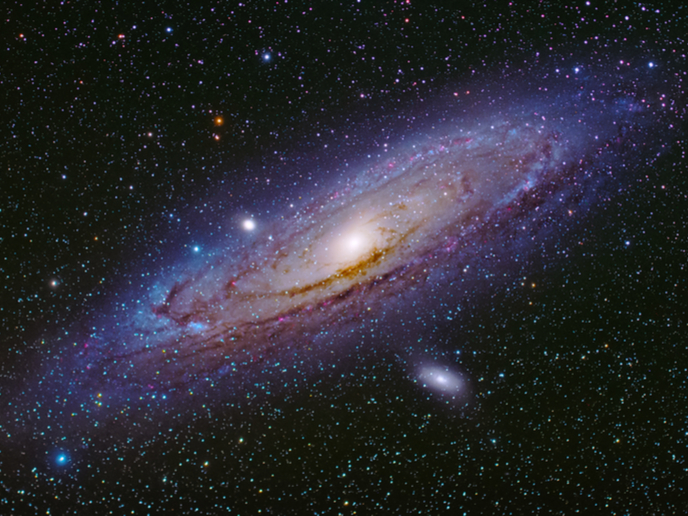Trending Science: What does the Milky Way weigh?
Researchers have finally been able to come up with the most accurate measurements of our galaxy’s mass. According to a paper that will be published in ‘The Astrophysical Journal’, it’s much bigger than we ever thought – nearly twice as much as previous estimates. Using data from NASA’s Hubble Space Telescope and the European Space Agency’s Gaia satellite, a team of astronomers determined that the Milky Way weighs about 1.5 trillion solar masses. One solar mass is the mass of our sun. Mass helps us understand the galaxy better “We want to know the mass of the Milky Way more accurately so that we can put it into a cosmological context and compare it to simulations of galaxies in the evolving universe,” Dr Roeland van der Marel, head of the Wide Field Infrared Survey Telescope mission office at the Space Telescope Science Institute in the United States, said in a series of statements given by him and his international team of astronomers that are published in a ‘CNN’ article. “Not knowing the precise mass of the Milky Way presents a problem for a lot of cosmological questions.” Hubble and Gaia’s combined observations over a period of 10 years have provided more precise measurements of the orbital motion of groups of stars called globular clusters in the outer reaches of the Milky Way. Dr van der Marel added: “We were lucky to have such a great combination of data. We could pin down the Milky Way’s mass in a way that would be impossible without these two space telescopes.” “The more massive a galaxy, the faster its clusters move under the pull of its gravity,” said Neil Wyn Evans, professor at the University of Cambridge’s Institute of Astronomy. “Most previous measurements have found the speed at which a cluster is approaching or receding from Earth, that is the velocity along our line of sight. However, we were able to also measure the sideways motion of the clusters, from which the total velocity, and consequently the galactic mass, can be calculated.” “Because of their great distances, globular star clusters are some of the best tracers astronomers have to measure the mass of the vast envelope of dark matter surrounding our galaxy far beyond the spiral disk of stars,” noted Space Telescope Science Institute’s Dr Sangmo Tony Sohn, who led the Hubble measurements. Estimating the mass of the Milky Way is problematic because most of the matter it contains is invisible. “We just can’t detect dark matter directly,” explained Dr Laura Watkins, who headed the analysis at Germany’s European Southern Observatory. “That’s what leads to the present uncertainty in the Milky Way’s mass -- you can’t measure accurately what you can’t see!” “One reason it’s important to measure the Milky Way is that we live here, it’s the closest galaxy we have,” Dr Watkins told the British newspaper ‘The Guardian’. “A lot of the time, we try to understand the universe by putting it in context of the Milky Way.”
Countries
United States



